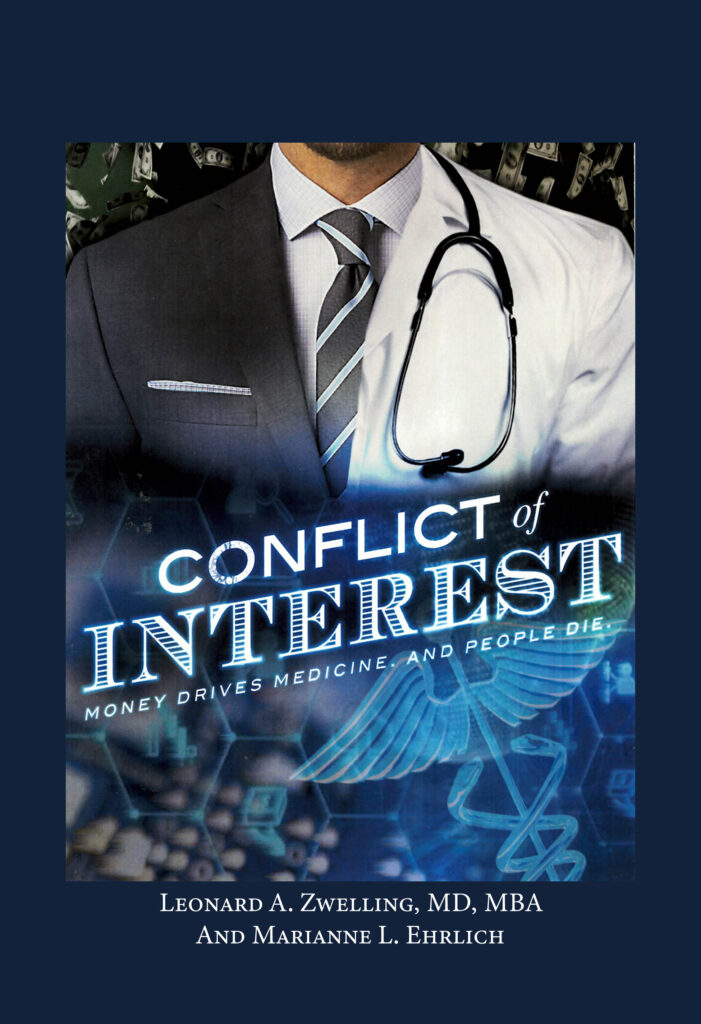Through a Glass Darkly:
Shared Governance Is Only a Start. Where’s the Money and Who Decides On What It
Is Spent?
By
Leonard Zwelling
In 1 Corinthians 13:12, the Apostle Paul uses the phrase
with which I entitled this blog. In the days of Paul, mirrors (the glass) did
not have the fidelity of modern mirrors and views through them were not clear.
Only later, did Paul aver, would clarity be gained.
The latest breakthrough in shared governance that alters the
make-up of the Executive Committee of MD Anderson is a start in the right
direction, but until there is a full accounting of the money, this is only a
first step in glass transparency and fiscal clarity. The money is still seen only darkly.
Here’s what I mean:
The state allocation to MD Anderson is far less than 10% of
the budget, perhaps less than 5%. Thus, the vast majority of the revenue is
derived from patient care and the vast majority of the expenses are determined
by….who? Now here are some good questions in this regard.
All of the money (and I mean all of the money) belongs to
the State of Texas. Every IV pole and wheel chair does as well. The oversight
of these funds resides with the Board of Regents who empower the executives of
MD Anderson with fiduciary responsibility as stewards of these funds. To me
that means that under the new governance structure, the faculty on the
Executive Committee must share in that stewardship.
If the faculty and its representatives on the new Executive
Committee are to fulfill their fiduciary role, the faculty must have access to
the full financial statements of MD Anderson, preferably in a format that is
comprehensible meaning an income statement, a balance sheet and a statement of
cash flows. Is that too much to ask? I think not.
Finally, it seems to me that the faculty must also have a
role in determining how the money is spent. If there is really “shared”
governance and the faculty members and representatives have a fiduciary role as indicated by the
Chancellor, then even if the President makes the final call, the Executive
Committee, all of its members, should be able to understand the finances of
this state agency also known as MD Anderson and have input into how its money
is spent.
Here are some of the spending decisions I wish the faculty
had had some input into:
transparency)
lead some of the basic science departments which were probably larger than the op-ed in today’s NY Times suggests. (http://www.nytimes.com/2015/08/30/opinion/the-battle-for-biomedical-supremacy.html?action=click&pgtype=Homepage&module=opinion-c-col-left-region®ion=opinion-c-col-left-region&WT.nav=opinion-c-col-left-region&_r=0)
stock shares when the trials with the products of these companies will
undoubtedly be proposed to be done at Anderson, a clear violation of every
conflict of interest rule ever written.
viewer nothing about what distinguishes MD Anderson from the Cancer Treatment
Centers of America, who, by contrast, specifically advertise their willingness
to give one day second opinions, something the public might really appreciate
as opposed to smirks, smiles and grimaces from talking heads against a white
background with the red line. (Whose idea was this ad campaign any way, and why
are they still employed?)
Transparency
prior to the End of Days would be a really good idea at MD Anderson. After all,
Dr. DePinho’s first name isn’t Paul.





2 thoughts on “Through a Glass Darkly: Shared Governance Is Only a Start. Where’s the Money and Who Decides On What It Is Spent?”
A recent decision by the NLRB re Pacific Lutheran University stated that shared governance required that faculty exert managerial authority with respect curriculum, enrollment management and FINANCES. Let's see how much governance is actually shared at MDA under the new formulation.
Yes. let's…..